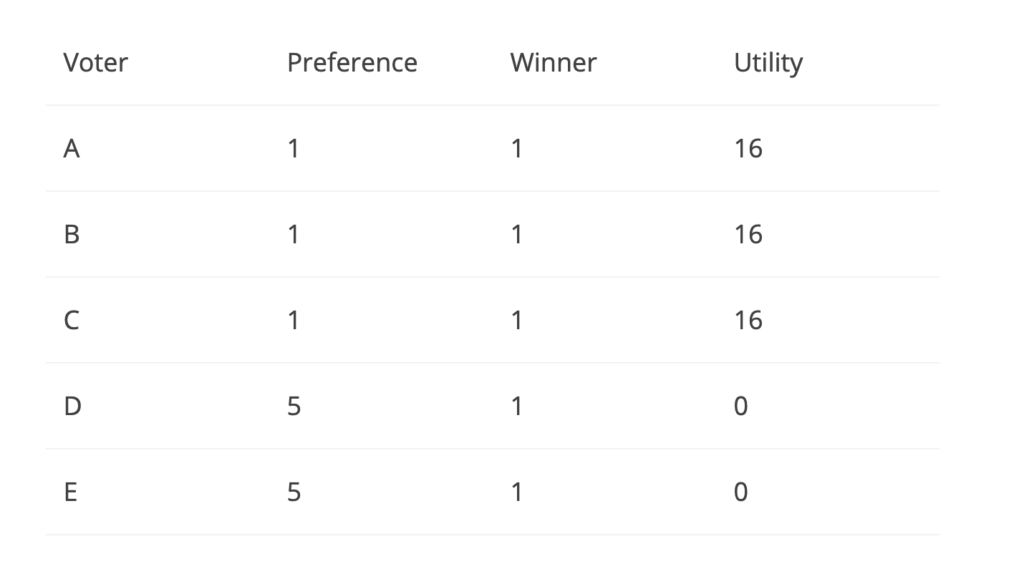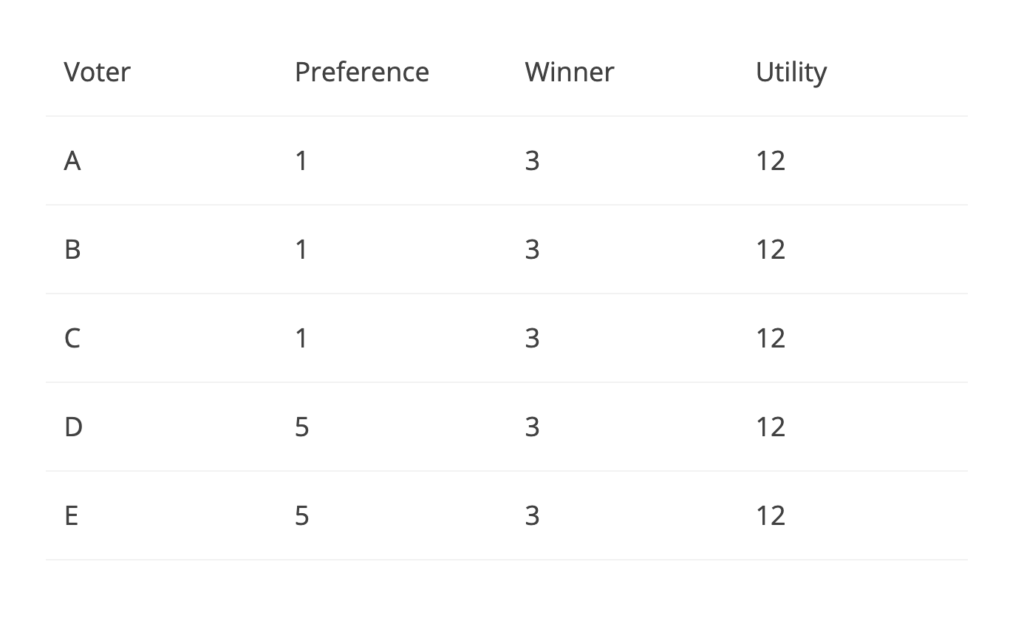A block is a sequence of blocks in which individual transactions are stored. That block also includes the previous block’s hash, which in effect binds that subsequent block to the previous block creating a chain. Hence the word “blockchain” is a rough visual representation of a blockchain.
There are two players in a Bitcoin blockchain-based system: Users, Miners.
Users: Users have only two roles at their fingertips in Bitcoin: send coins or get the coins. They need two keys to do that, the public key, and the private key.
Miners: What miners are doing is authenticating the transactions and doing the mining process. Mining is how to discover new blocks and add them to the blockchain. Miners have a lot of power in the blockchain system and they can cause havoc in the process if they choose to cheat for their own personal gain. They can cheat in several ways. For example, they can include an incorrect fee and provide extra coins for themselves. Additionally, they can add blocks randomly without thinking about proof of work. To get more BTC, mine on top of invalid frames. Mine on top of a block that performs sub-optimally.
The key chain is blue frames. Now imagine there is a miner who invests 20 bitcoins (hypothetically) in blue block 51 to get 500 litecoins (a different cryptocurrency because of a different parent block). And now, with a new block 51 (red), he wants to create a parallel chain where he never made this transaction. So, let’s make a quick recap to simplify what he’s just done: 1. In blue block 51 spends 20 bitcoins to get 500 litecoins. 2. Creates a new chain (fork) from block 50 and in the alternate block 51, he doesn’t do the litecoin transaction. 3. In the end, he comes out with his original 20 BTC and 500 new litecoins. What has just happened here is called “double investment“. Theoretically, miners can now mine on top of the new red chain and continue double-spending and extra bitcoins mining. As you can imagine, the bitcoin network can be broken in this case!
To counter this, the blockchain uses concepts from game theory to maintain the bulletproof system. It was designed in a way that it is a self-enforcing Nash Equilibrium.
The Nash Equilibrium in mining and the punishment system (Miner)
If a miner produces an invalid block, then due to a rule that has been established in blockchain mechanics, others will not mine on top of it. Any block mined on top of an invalid block becomes a block that is invalid. Using this rule, miners simply ignore the invalid block and keep the blue chain in the diagram on the top of the main chain. A similar logic stands for block scoring sub-optimally. Check again at the diagram. No miner on Red Block 52 will want to mine as the Blue Block 53 is going to have a higher score than the red block.
Both of these situations are mitigated as miners choose the most stable state or with a Nash Equilibrium as a group. Clearly, all the miners can mine on the red block and make it the new blockchain, but the number of miners is so large that it’s simply impossible to organize an activity like that. According to the Diffusion of Decisions, if a majority of the group’s citizens do not switch their state, the minority will have no incentive to stay in the new state. (For most of the cryptocurrency, q is near 1) Seeing this, a miner is less likely to spend all their computing power and risk ostracising in a futile cause.
Why users prefer the main chain than the other chain?
The first thing that we need to keep in mind is that cryptocurrency has value is because the people give it value. So why is a normal user going to assign value to coins that come out of the blue chain and not to coins that come out of the red chain? The explanation is clear. From the users’ point of view, the main chain is a schelling point (It is a solution that, in the absence of interaction, people will continue to use because it feels unique, meaningful or natural).
Diffusion of Decisions: Another reason consumers are more interested in the main chain is that they are actually used to it. Unlike bounded claims of rationality, each time people choose the simplest solution. Going through a new chain complicates things unnecessarily.
From this example, we can see that game theory makes blockchains so different. There is nothing new about the mechanics, but the combination of Nash Equilibrium and Diffusion of Decisions has made cryptocurrency free from internal corruption. Even if Bitcoin collapse recently for whatever reason, because of this path-breaking relationship, cryptocurrency will always live on.
Reference:
1. Cryptocurrency. (2019, November 11). Retrieved from https://en.wikipedia.org/wiki/Cryptocurrency.
2. Rosic, A., Rosic, A., Pontoriero, L. E., Dosunmu, O., Derosa, F., Warraich, J. A., & Marinkovic, M. (2019, October 3). What is Cryptocurrency Game Theory: A Basic introduction. Retrieved from https://blockgeeks.com/guides/cryptocurrency-game-theory/.
3. Digital Currency, Bitcoin and Cryptocurrency. (2018). Inclusive FinTech, 33–82. doi: 10.1142/9789813238640_0002


